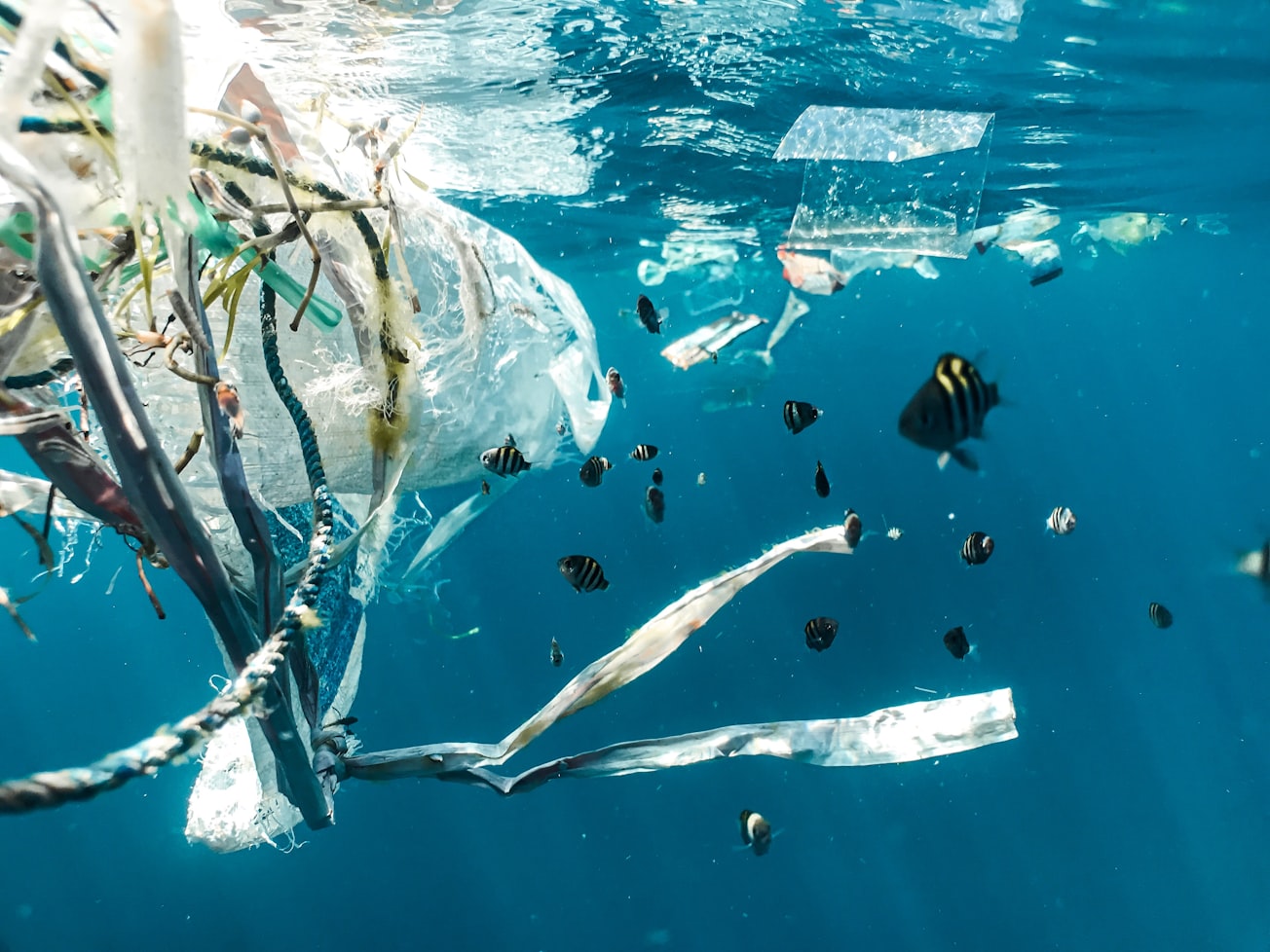What is it about?
Since its development in the 1950s, plastic has been used extensively, due to its lightweight properties, relatively low price, and resistance to heat and corrosion. The packaging sector has the highest rate of plastic usage in the world (36 %). Plastics used in packaging, called “plastic films,” are thin and suitable only for single use. Scientists studied the applications of waste plastic films (WPFs) in urban infrastructure and construction materials, especially bearing loads. This study identified potential new ways to utilize plastic waste that can help improve the waste recycling rate and address plastic consumption.
Featured Image

Photo by Naja Bertolt Jensen on Unsplash
Why is it important?
In this study, scientists studied the basic mechanical properties, stability under external light exposure conditions and vehicle loads, and the presence of hazardous substances, in recycled waste materials such as temporary pavement blocks (TPBs) that used WPF-recycled products (WPF-RPs). The results confirmed moderate strength, good weathering stability against solar irradiation, and superior road pavement vehicle load through wheel-tracking tests compared with the standards for asphalt. Hazardous substances were either undetectable or under permissible limits in the composition and leachate contents of WPF-RPs. The WPF-RP TPBs were field-tested over one month and displayed good stability, indicating that they can potentially be utilized temporarily in road construction. The authors of this study also recommend two additional possible applications for the WPF-RPs. They can be used as construction materials for pothole emergency repair to ensure vehicle load resistance, rapid installation, and short-term use. WPF-RPs can also improve the backfilling and fastening structure of underground buried pipes during excavation recovery construction and improve poor compaction at the bottom of buried pipes. KEY TAKEAWAY: The results of this study indicate that potential applications of WPFs as recycling and construction materials, must be tested further to optimize their use.
Read the Original
This page is a summary of: Application of Waste Plastic Films in Road Infrastructure and Construction, Frontiers in Sustainability, September 2021, Frontiers,
DOI: 10.3389/frsus.2021.756723.
You can read the full text:
Resources
Climate Change Knowledge Cooperative
Explore the wider collection of climate change research summaries.
Are Microplastics ‘Clogging’ Sustainable Development?
Microplastics are a major threat to our ecology and environment. Pollution by microplastics could seriously undermine our efforts towards sustainability. Governments will need to tackle microplastic pollution in order to meet the Sustainable Development Goals.
Are you using plastics in your garden? You could be causing microplastic pollution
Do not use plastic liners in your garden. They can break down and cause damage to animals and plants.
Contributors
Be the first to contribute to this page







